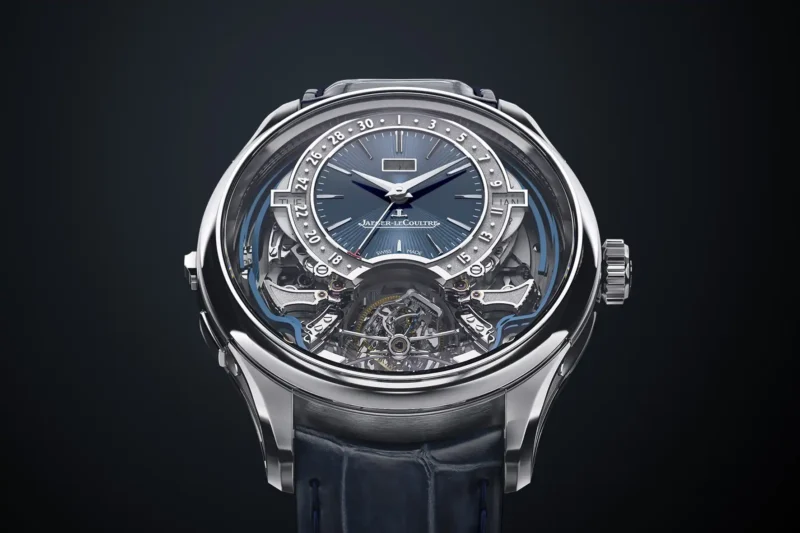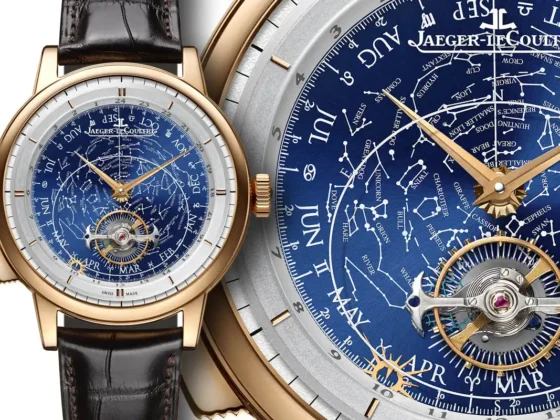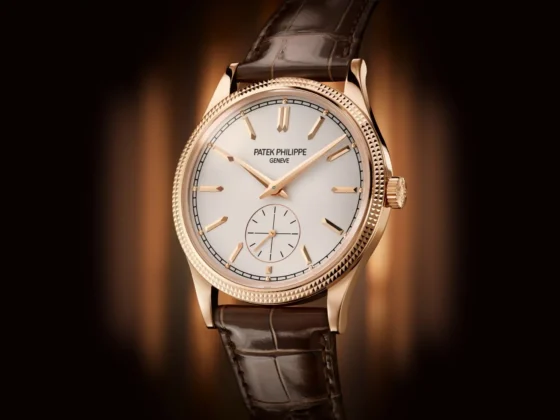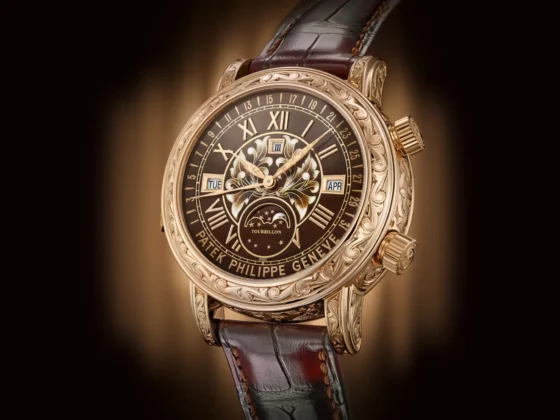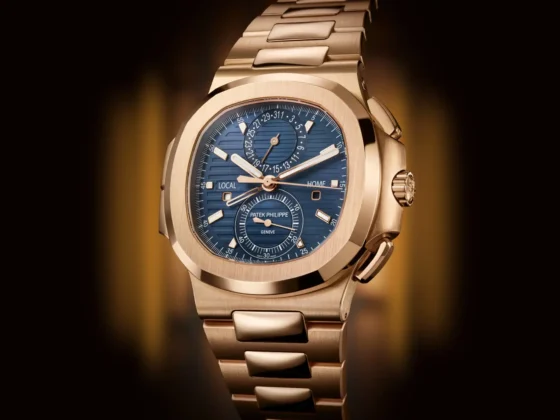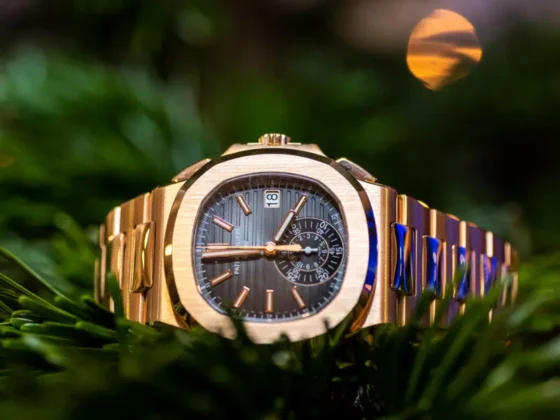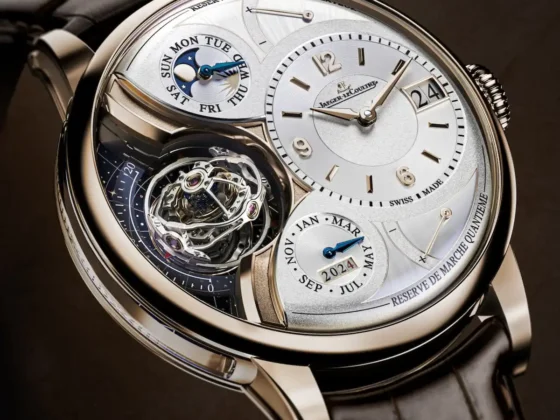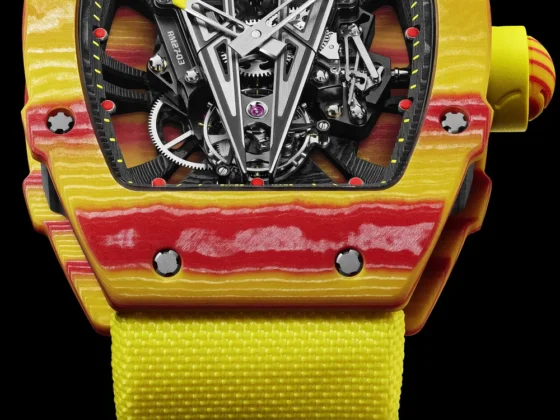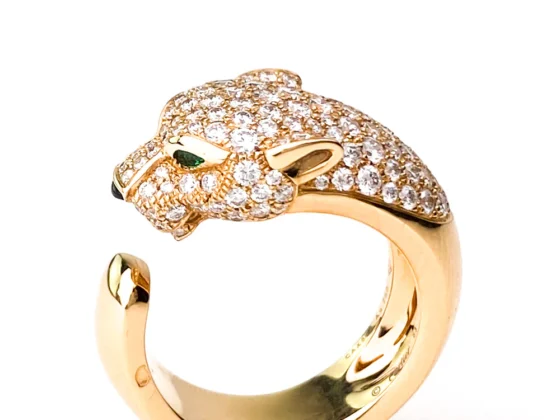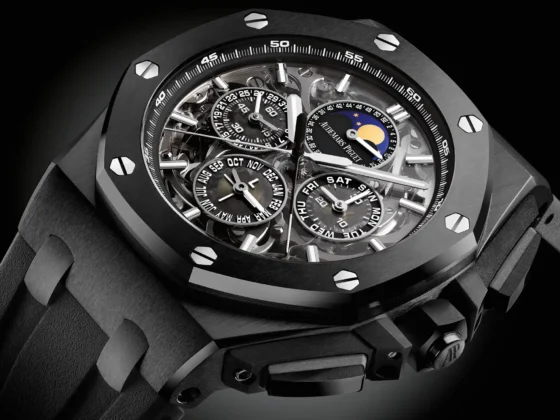For nearly two centuries, Jaeger-LeCoultre has been at the forefront of fine watchmaking, blending innovation with artisanal craftsmanship to create timepieces of unparalleled precision. From its humble beginnings in the Vallée de Joux, Switzerland, to its status as a leader in haute horlogerie, the maison’s journey is a testament to its enduring commitment to excellence. This article traces Jaeger-LeCoultre’s rich history, highlighting key milestones that have cemented its reputation as one of the most respected names in the world of luxury watches.
The Beginnings: A Family Tradition of Precision
Jaeger-LeCoultre’s story began in 1833, when Antoine LeCoultre, a self-taught watchmaker with an innate understanding of mechanics, established a small workshop in Le Sentier, Vallée de Joux. The region was already renowned for its horological expertise, and Antoine’s precision tools and innovative spirit quickly set him apart from his contemporaries. One of his earliest contributions to the watchmaking world was the invention of the Millionometer in 1844, the first instrument capable of measuring components to the nearest micron, revolutionizing the precision of timekeeping.
This invention, alongside his development of keyless winding systems, laid the foundation for what would become a tradition of technical mastery. Antoine’s pursuit of mechanical perfection and innovation would be carried on by future generations, forming the backbone of Jaeger-LeCoultre’s enduring legacy.
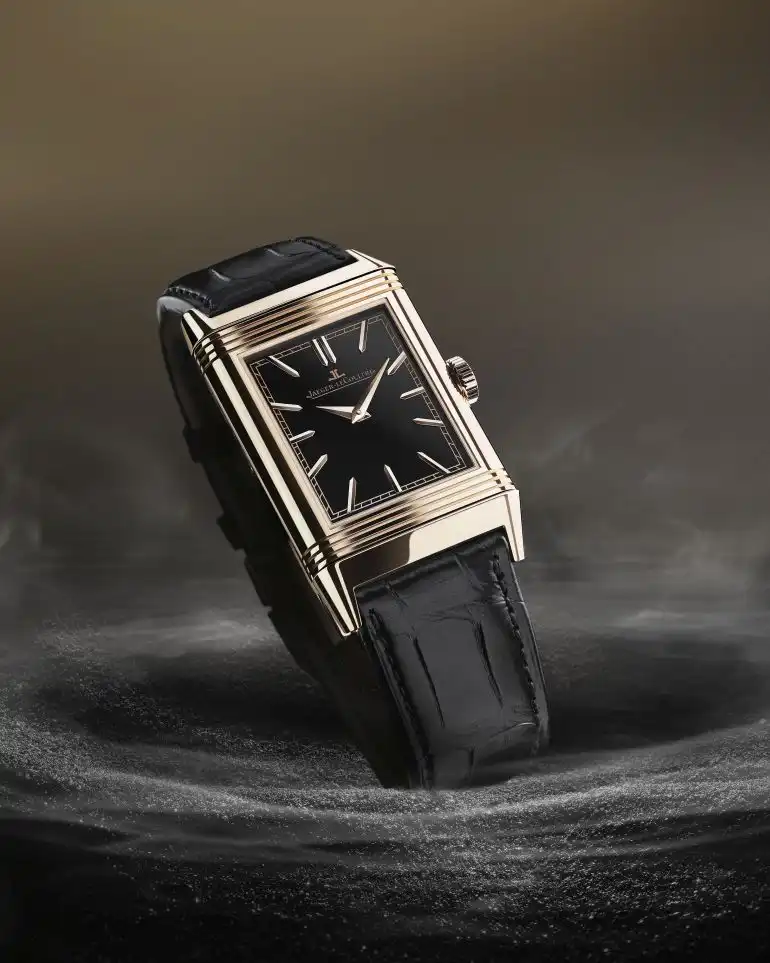
The Rise of LeCoultre & Cie: Pioneering Innovation in Movements
By 1866, Antoine LeCoultre had established a full-fledged manufacture, LeCoultre & Cie, one of the first watchmaking workshops to bring together all stages of production under one roof. This integrated approach to watchmaking enabled the maison to innovate on a scale unmatched by its peers. During this time, Jaeger-LeCoultre became the go-to supplier for high-quality movements, supplying calibers to some of the most prestigious watch brands in the world.
The maison’s reputation for precision and reliability attracted the attention of Swiss and international watchmakers, further solidifying its position as a leader in horological innovation. By the early 20th century, LeCoultre & Cie had developed over 400 distinct calibers, including 128 equipped with complications, marking it as one of the most prolific manufacturers in the industry.
A Partnership That Shaped History: Jaeger and LeCoultre Unite
The partnership that would forever change the trajectory of the brand came in 1903 when Parisian watchmaker Edmond Jaeger challenged the Swiss industry to produce ultra-thin movements based on his designs. Antoine’s grandson, Jacques-David LeCoultre, took up the challenge and successfully produced the world’s thinnest movements of the time, a feat that further propelled the brand into the spotlight.
The collaboration between Jaeger and LeCoultre was formalized in 1937, giving birth to the name we know today—Jaeger-LeCoultre. This partnership combined Jaeger’s innovative designs with LeCoultre’s technical expertise, paving the way for some of the most iconic watches in the history of horology.
Iconic Innovations: The Reverso and the Atmos
Two of Jaeger-LeCoultre’s most celebrated creations emerged during the 20th century, showcasing the brand’s ability to combine technical ingenuity with timeless design.
1. The Reverso (1931): An Icon of Style and Function
In 1931, Jaeger-LeCoultre introduced the Reverso, a watch originally designed for British polo players. The Reverso’s ingenious reversible case allowed players to flip the watch over, protecting its crystal from damage during matches. The sleek, Art Deco-inspired design and practical functionality quickly made the Reverso an icon, loved by both athletes and aesthetes alike.
Over the years, the Reverso has evolved into one of the brand’s most recognizable and enduring models, with versions featuring everything from simple time-only displays to intricate complications like tourbillons and perpetual calendars. Today, the Reverso remains a symbol of Jaeger-LeCoultre’s unique ability to blend form and function.
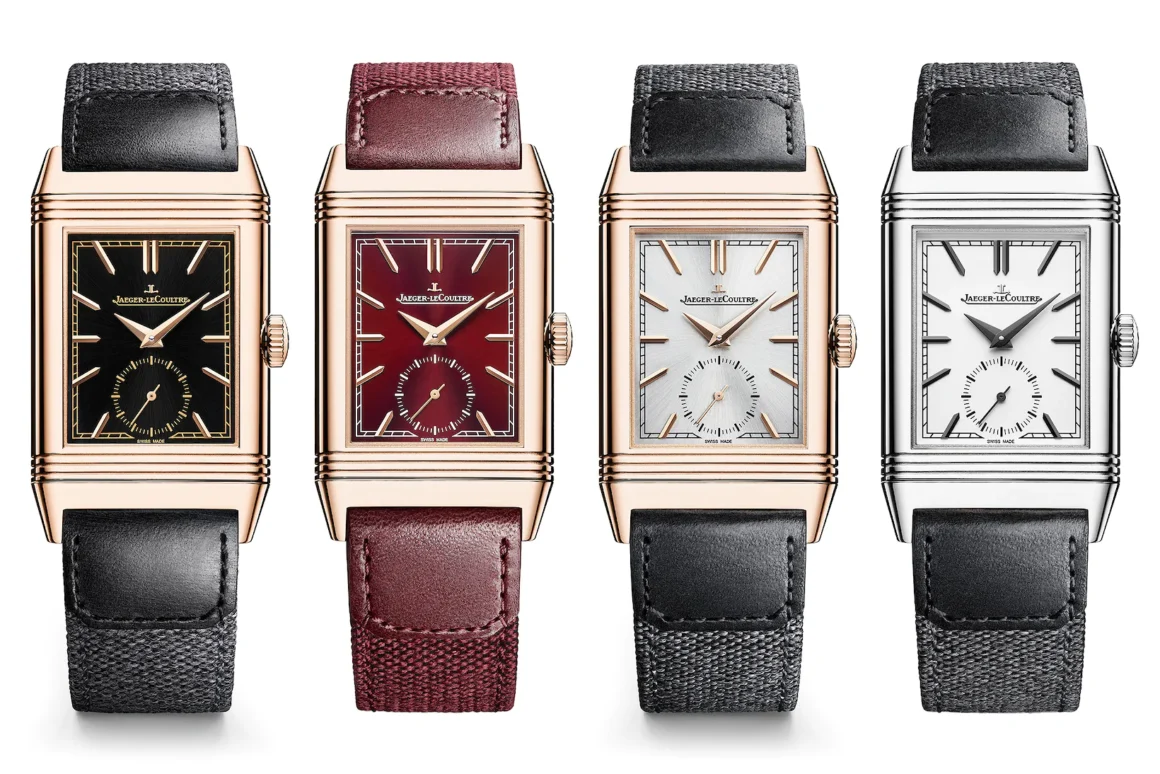
2. The Atmos Clock (1928): A Perpetual Timekeeper
In 1928, Jaeger-LeCoultre introduced the Atmos, a clock that runs on air. Powered by minuscule changes in temperature and atmospheric pressure, the Atmos requires no winding or batteries, operating in near-perpetual motion. This groundbreaking achievement in horological engineering remains one of the most fascinating timepieces ever created, representing Jaeger-LeCoultre’s relentless pursuit of innovation.
Mastering Complications: A Tradition of Technical Excellence
Jaeger-LeCoultre’s dedication to mastering complications has been a defining feature of the brand’s history. The maison is known for creating some of the most complex watches in the industry, with complications ranging from perpetual calendars to minute repeaters and multi-axis tourbillons.
1. The Gyrotourbillon (2004): Redefining the Tourbillon
In 2004, Jaeger-LeCoultre introduced the Gyrotourbillon, a revolutionary take on the traditional tourbillon. Unlike standard tourbillons, which rotate on a single axis to counteract the effects of gravity, the Gyrotourbillon rotates on multiple axes, significantly improving the precision of the movement. This innovation not only demonstrated Jaeger-LeCoultre’s technical prowess but also redefined what was possible in high watchmaking.
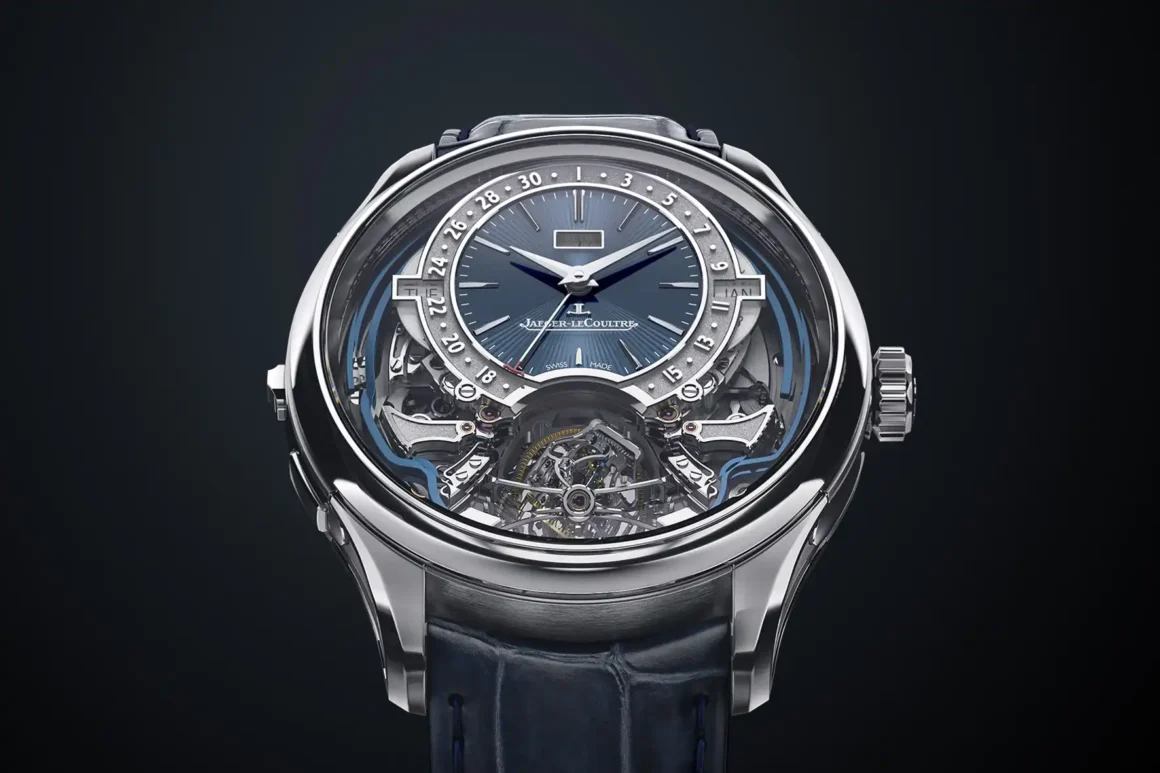
2. The Hybris Mechanica Collection: A Showcase of Innovation
The Hybris Mechanica series, launched in the 21st century, is a testament to Jaeger-LeCoultre’s mastery of complications. These timepieces combine multiple complications, including minute repeaters, perpetual calendars, and tourbillons, into single watches, showcasing the brand’s ability to push the boundaries of what is technically possible in horology.
Celebrating 180 Years of Excellence
In 2013, Jaeger-LeCoultre celebrated its 180th anniversary, marking nearly two centuries of innovation, craftsmanship, and horological excellence. To commemorate this milestone, the brand released several limited-edition pieces, including the Master Ultra Thin Jubilee, which at the time was the thinnest mechanical watch in the world. This celebration not only honored Jaeger-LeCoultre’s past but also underscored its continued commitment to innovation and precision in the future.
Looking Ahead: A Commitment to Sustainability and Innovation
As Jaeger-LeCoultre moves forward, the brand remains focused on combining its rich heritage with modern innovation. Sustainability is now a key focus, with the brand embracing responsible sourcing of materials and environmentally friendly production methods. At the same time, Jaeger-LeCoultre continues to push the boundaries of horological engineering, with new complications and designs that challenge the limits of traditional watchmaking.
Conclusion: Jaeger-LeCoultre’s Enduring Legacy
From its beginnings as a small workshop in the Vallée de Joux to its position as one of the most respected names in haute horlogerie, Jaeger-LeCoultre has remained true to its core values of precision, innovation, and craftsmanship. Whether through iconic designs like the Reverso or groundbreaking complications like the Gyrotourbillon, Jaeger-LeCoultre continues to shape the future of watchmaking while honoring its rich history.
For collectors, enthusiasts, and connoisseurs, Jaeger-LeCoultre represents the pinnacle of what is possible in mechanical timekeeping. As the brand looks to the future, it will undoubtedly continue to set new standards in both artistry and technical mastery, ensuring that its legacy of precision endures for centuries to come.


